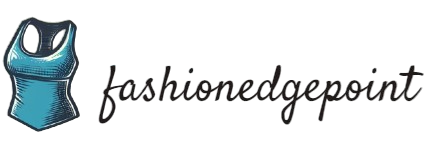From Ancient Times to Modern Era: The Changing Face of Beauty Standards
Beauty standards have evolved significantly throughout history, reflecting the cultural, social, and economic values of each era. From ancient times to the modern era, the concept of beauty has undergone profound transformations, challenging and redefining the norms of physical attractiveness.
In ancient civilizations such as Egypt and Greece, beauty was often associated with symmetry, proportion, and physical strength. The idealized representations of human figures in art and sculpture emphasized these traits, setting the early standards of beauty.
As societies progressed into the medieval period, beauty ideals shifted to reflect religious and moral values. Pale skin, plumpness, and soft features became synonymous with wealth and luxury, as they suggested a life of leisure and abundance.
The Renaissance marked a return to the classical ideals of beauty, with an emphasis on graceful proportions, radiant skin, and delicate facial features. Artistic expressions and cultural perceptions played a pivotal role in shaping the beauty standards of this era.
Fast forward to the modern era, and the concept of beauty has become more inclusive and diverse than ever before. With the rise of globalization and digital media, beauty standards have expanded to encompass a wider spectrum of appearances, challenging traditional norms and embracing individuality.
Today, beauty is celebrated in all its forms, promoting self-expression, confidence, and acceptance. The changing face of beauty standards mirrors the evolution of society, reflecting the rich tapestry of human diversity and the ongoing journey towards inclusivity and empowerment.
From ancient times to the modern era, beauty standards have continuously adapted to the prevailing values and perceptions of each period, demonstrating the dynamic nature of human ideals and the enduring pursuit of beauty in all its manifestations.
The Influence of Social Media on Contemporary Beauty Ideals
As beauty standards have evolved over time, the rise of social media has significantly impacted contemporary beauty ideals. With the widespread use of platforms such as Instagram, Facebook, and TikTok, the portrayal of ideal beauty has become more prevalent than ever. Social media influencers, celebrities, and models often set unrealistic beauty standards, showcasing flawless skin, toned bodies, and impeccable grooming, creating an unattainable image for many individuals.
Moreover, the use of image-altering filters and photo editing tools further blurs the line between reality and fantasy, contributing to a distorted perception of beauty. The constant exposure to these curated images can lead to increased body dissatisfaction and a negative self-image, especially among young impressionable users.
In addition, social media has given rise to new beauty trends and challenges, influencing the way individuals perceive attractiveness. From contouring techniques to eyebrow shaping trends, the online beauty community continuously promotes new standards and fads, shaping the collective perception of what is considered beautiful.
It is essential to recognize the influence of social media on shaping contemporary beauty ideals and to promote a more inclusive and realistic representation of beauty. By raising awareness about the potential impact of digitally altered images and promoting diverse representations of beauty, we can strive to foster a healthier and more accepting environment for individuals of all backgrounds and appearances.

